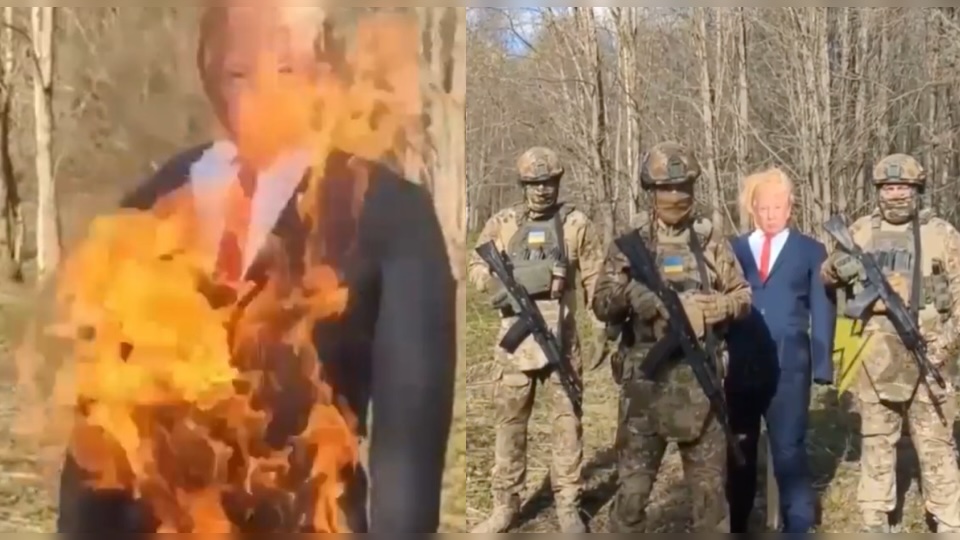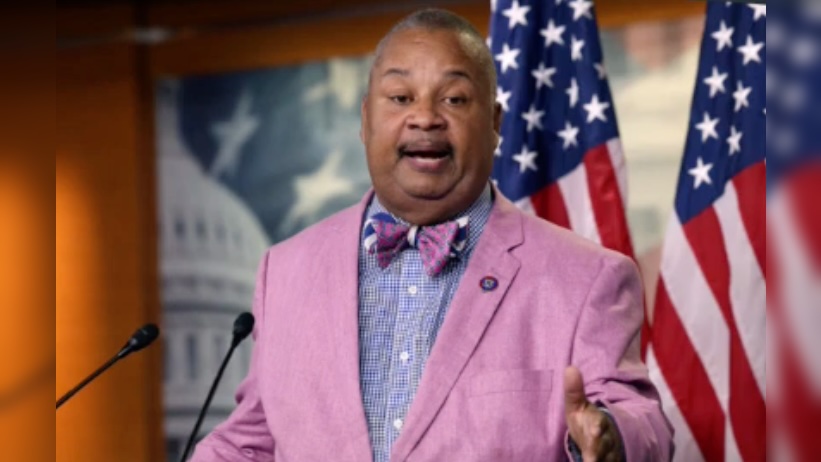Jonathan Allen who serves as the Assistant Director for Government Relations for the ADL took to X and shared a video of University of Maryland students on campus chanting “there is only one solution – intifada revolution.”
The term “Intifada” translates to “uprising” or “shaking off” in Arabic. It’s been used to describe two significant Palestinian uprisings against Israeli occupation in the West Bank and Gaza Strip.
Allen who is a UMD alumni continued to share in his post that “Holocaust 2.0” was seen written on a campus walkway and noted UMD has the “4th largest Jewish student population in the country—over 6,000 students (20% of campus).”
Watch the protest here:
Per NBC Washington:
The University of Maryland is investigating who is responsible for a series of antisemitic messages discovered after students held a demonstration protesting the Israel-Hamas war.
A group called Students for Justice in Palestine gathered on campus Thursday and called for a ceasfire in Gaza.
At some point during the protest, someone, or a group of people, used chalk to write messages on the sidewalks.
Cell phone photos show messages that include political statements like “stop genocide” and “save Gaza (not from Hamas from Israel).”
Other messages, however, invoked the Holocaust, ethnic cleansing and appeared to target all Jews, rather than the Israeli government.
It’s unclear at this time what other messages or symbols might have been found.
The university condemned the antisemitic messaging and wrote “The offensive actions of a few should not reflect on the vast majority of protesters who were there to peacefully express their views, but there is no place for any antisemitic message, behavior or action at the University of Maryland.”
The First Intifada began in December 1987 and lasted until the early 1990s. It was a largely grassroots movement, characterized by widespread civil disobedience, protests, boycotts, and strikes. Palestinians, often young individuals, used various non-violent and sometimes violent means to resist Israeli occupation.
The Second Intifada began in 2000 after a visit by Ariel Sharon, then an Israeli opposition leader, to a holy site in Jerusalem. It was marked by increased violence compared to the first uprising, with frequent suicide bombings, shootings, and other attacks by Palestinian militants. Israeli security forces also responded with force, leading to a period of significant conflict and bloodshed.




